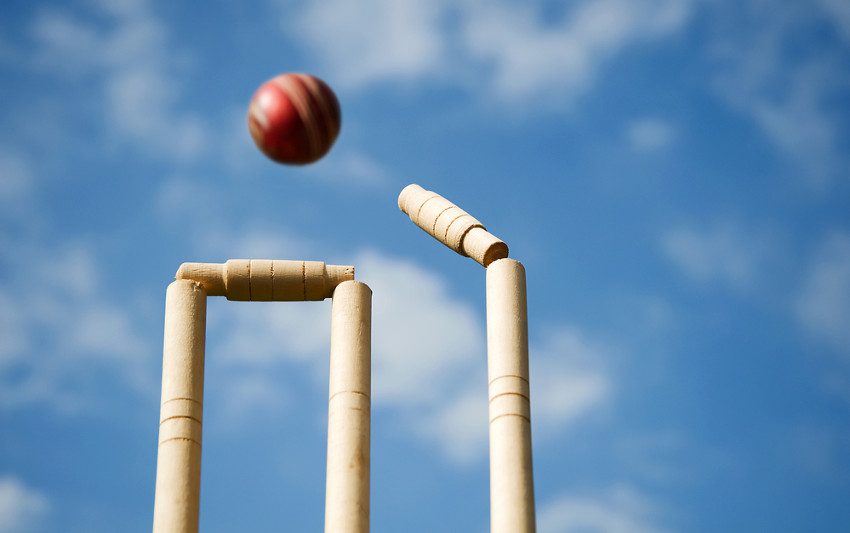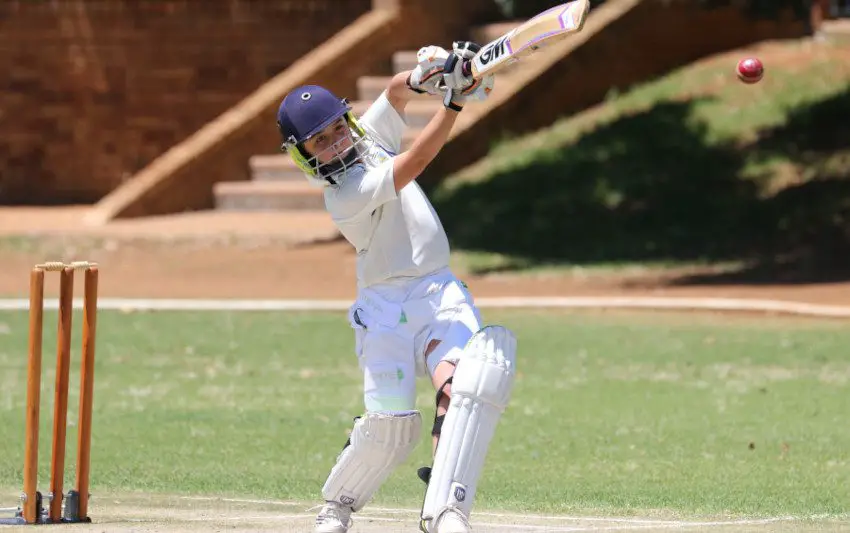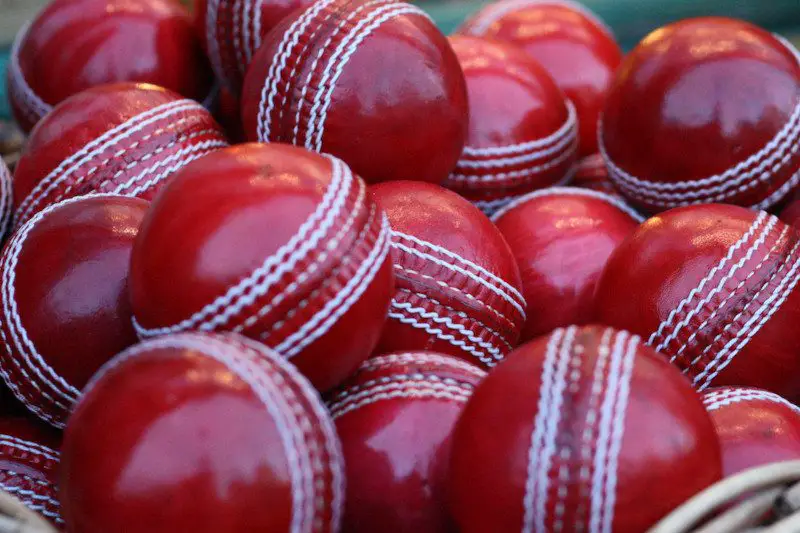Table of Contents
Cricket bails are the small pieces of wood that sit as a pair on top of the stumps at each end of the wicket. They might be very small pieces of equipment, but they are vitally important to the game. They are quite specific in terms of their appearance and role within the game.
Why are Cricket Bails Called Bails?
The term ‘bails’ comes from the early 13th century. Boys in the countryside would bowl a ball at a sheep pen gate called a hurdle. The hurdle had two upright posts and a crossbar on top. This crossbar was known as a bail.
Cricket Bails Size/Dimensions
Bails are used in all cricket games. There are set sizes and dimensions for them but strangely, there is no specific weight requirement. Heavy enough to not fall off in a gentle breeze but not too heavy to make them impossible to knock off. The variety of materials used to create them would make it difficult to set a weight requirement.
Length and Weight
The length of a bail must be around 10.95cm with the central barrel being 5.40cm in length. Individual bails are not symmetrical due to the spigots. The parts which stick out of the barrel are called spigots. The longer of these must be 3.49cm and the shorter one is 2.06cmm. The spigots rest atop the stumps.
What are Cricket Bails Made of?
Traditionally, bails are made from wood and can be left natural or can be coloured for limited over competitions. On exceedingly rare occasions, bails are not used (too windy) but this must be agreed by both umpires and captains. In windy conditions, heavy bails can be used and are made from lignum vitae. As the game of cricket has evolved, so to have the bails. Plastic bails called Zing bails have been created which light up when they are dislodged from the stumps. This helps the umpires and makes it clear to the crowd what has happened. The stumps are made of the same material and are powered by low voltage batteries.

Cricket Bails Price
The prices vary depending on quality of material and the type of bail themselves. Wooden bails can cost as little as £1 sterling to purchase as they are mass produced and extremely low tech. If you are purchasing LED Zing bails, you can expect to be paying nearer $25. Not all Zing bails are the same though. World Cup Zing bails will set you back the same price as an iPhone! They are so precise and so carefully made which is reflected in the price tag. Zing bails are becoming increasingly popular across different formats but not the World Cup standard models.
How Many Pair of Bails are Used in Cricket?
Bails come in pairs. One pair is used on each set of three stumps. The longer spigots rest on leg and off stump with the shorter spigots coming together on middle stump. These can be wooden or Zing, but it is advised not to mix and match. Umpires can also decide to switch the type of bails that are used. Weather conditions or failing technology are usually deciding factors in this.
Yes, bails are small, but they are vitally important. There have been numerous law changes in cricket over the years but the role of the bails in signalling a batter is out has not changed. They have evolved in terms of technology, but their dimensions and importance have not changed.


